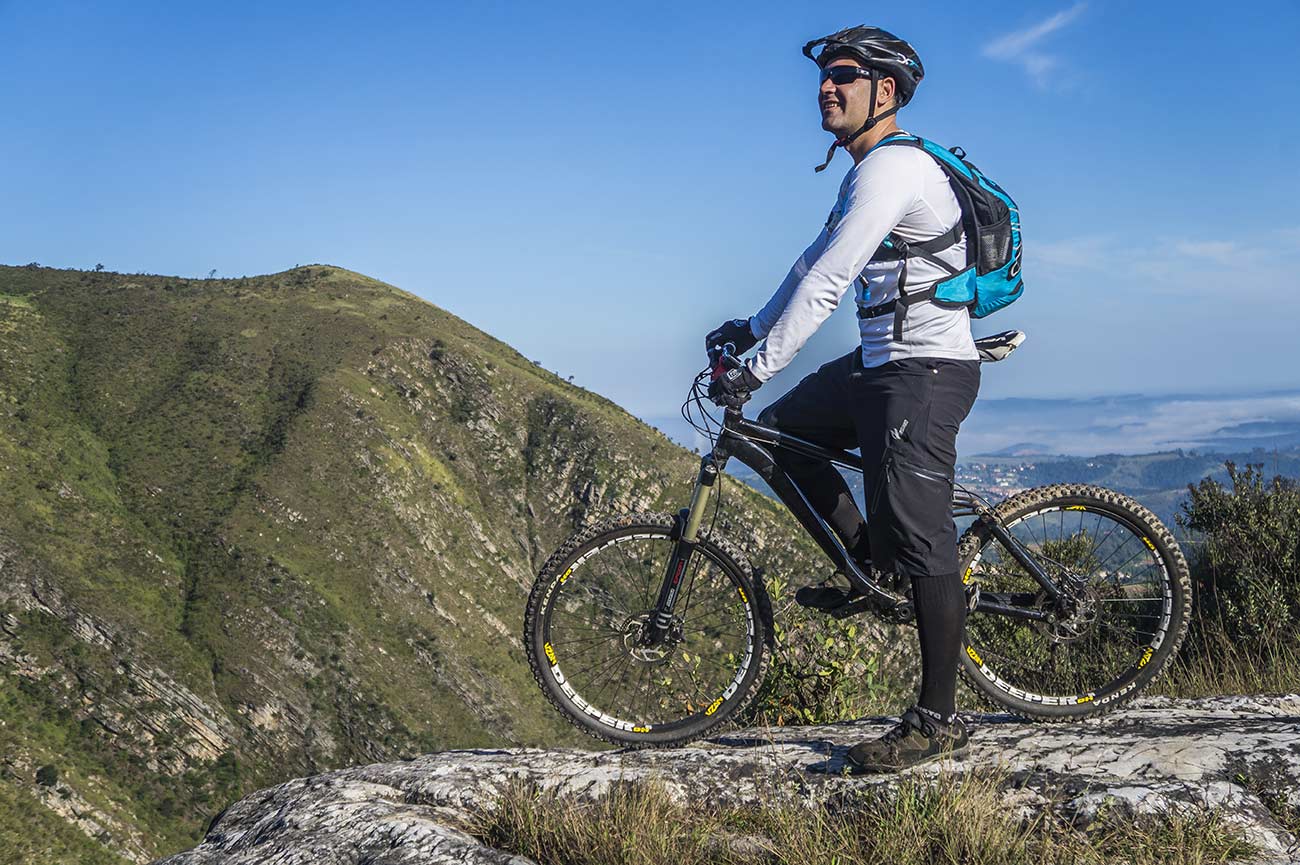Bike helmets are very important to wear. They are designed to protect you when you are out riding your bike. You may not be aware of it, but there is always a risk that you can fall or have an accident, and the bike helmet can save your life. However, having a bike helmet that doesn’t fit properly will not do the trick. If the helmet falls off your head or is too loose, it loses its effectiveness.
When you get your bike helmet, make sure that you try it on. It should be snug around your head without being too tight. You want to find a bike helmet that fits well and is comfortable to wear because you should keep it on the entire time you are riding a bike. Continue reading to learn how to tell if a bike helmet fits.
Consider How it Feels on Your Head
When you put the bike helmet on your head, it should be snug and fit all the way around. Bike helmets come in various sizes, and they are adjustable once you find the right size range. You can actually take measuring tape to measure the circumference of your head to determine which size is best for you. The different sizes will give you a range of circumferences that they are designed to cover.
They also make a one-size-fits-all helmet that has further adjustments in its fit system. You can use one of these helmets as long as you try it on and can find the right fit. You should be able to shake your head without the helmet coming loose, but it should not feel tight and uncomfortable on your head.
Check the O-Ring and Fit Pads
Most bike helmets have an O-ring and fit pads that are adjustable. There is a fitting system inside of the helmet that will tighten or loosen when you make this adjustment. The O is located on the back of the helmet. Once you put the helmet on, you can turn it to adjust the fit. The O ring will click into place at varying settings. You need to make sure that you can adjust it to one that works for your head.
Some helmets also use interchangeable padding on the interior of the helmet. If the helmet is too big, they have other pads that make it more snug. This depends on the type of helmet you try, but it provides more ways to customize your fit. The fit is very important for your safety. If your helmet doesn’t fit, it can do more harm than good.
Adjust the Chin Strap
The final adjustment is the chin strap. When you buckle it, the straps should form a V around your ears. You will be able to adjust each strap until they fit around your ears perfectly. Once you have the straps adjusted, you should open your mouth wide. You should feel the helmet press against the top of your head as you do. If not, you can tighten it further to make sure that it fits.
When your bike helmet fits correctly, it should be snug without being uncomfortable. It should not tilt backward or forward, but it should sit level on the top of your head. The front edge should be about one inch above your eyebrows to protect your forehead. You should not be able to push it side to side. If you can, you can try making further adjustments or try a different size.
The bike helmet is made of a hard plastic exterior with a liner inside. The exterior provides protection from objects hitting your head directly, and it can slide on impact with the ground to protect your neck and head. The lining has padding and is designed to lessen the impact from the force of your fall. Bike helmets are life saving devices, so you should always wear one when you ride a bike.
